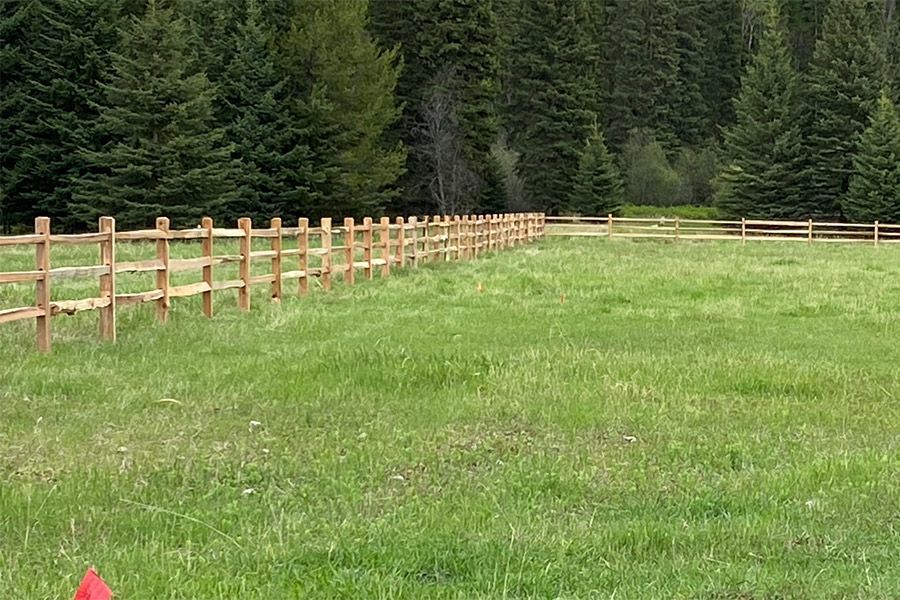Selecting the right fence for your home or business can be tough. Let's compare the benefits of continuous panel fencing versus traditional fencing to help you make the right choice.
Comparison of Materials and Costs
The materials you choose for your fence significantly affect its price and performance:
- Continuous Panel Fencing: Typically made of welded steel, this option is designed for durability and longevity. While the initial investment may be higher, the reduced maintenance costs make it a cost-effective solution over time.
- Traditional Fencing: Includes options like wood, barbed wire, or vinyl. While often less expensive upfront, these materials may require frequent repairs or replacements, increasing long-term costs.
Durability and Maintenance Considerations
When it comes to withstanding the elements and everyday wear, here’s how the options compare:
- Continuous Panel Fencing: Designed for toughness, continuous panel fencing can withstand harsh weather and livestock-related impacts. It requires very little maintenance, typically only occasional cleaning or rust treatment.
- Traditional Fencing: Wooden fences can rot due to weather, while barbed wire and vinyl may degrade. Regular maintenance is required to keep traditional fences functional and visually appealing.

Appearance Comparison
How your fence looks can impact your property’s aesthetic:
- Continuous Panel Fencing: Offers a modern, streamlined look that complements both agricultural and residential properties. The sleek steel design can be customized with finishes and accessories.
- Traditional Fencing: Wood and vinyl fences evoke a traditional, rustic style, while barbed wire is more utilitarian in appearance.
Best Applications for Each Fencing Type
Different fencing types serve different purposes:
- Continuous Panel Fencing: Ideal for livestock containment, property boundaries, and high-traffic areas where durability is critical.
- Traditional Fencing: Works well for smaller enclosures, decorative purposes, or areas with limited budget constraints.
Final Thoughts: Which Fence is Best for You?
To make an informed choice between continuous panel and traditional fencing, evaluate your priorities carefully:
- For long-term durability and low maintenance, continuous panel fencing is the obvious choice.
- For a more budget-friendly or decorative option, traditional fencing may offer a more affordable and visually appealing alternative.
Assess your needs, budget, and aesthetic preferences to make the best decision for your property.